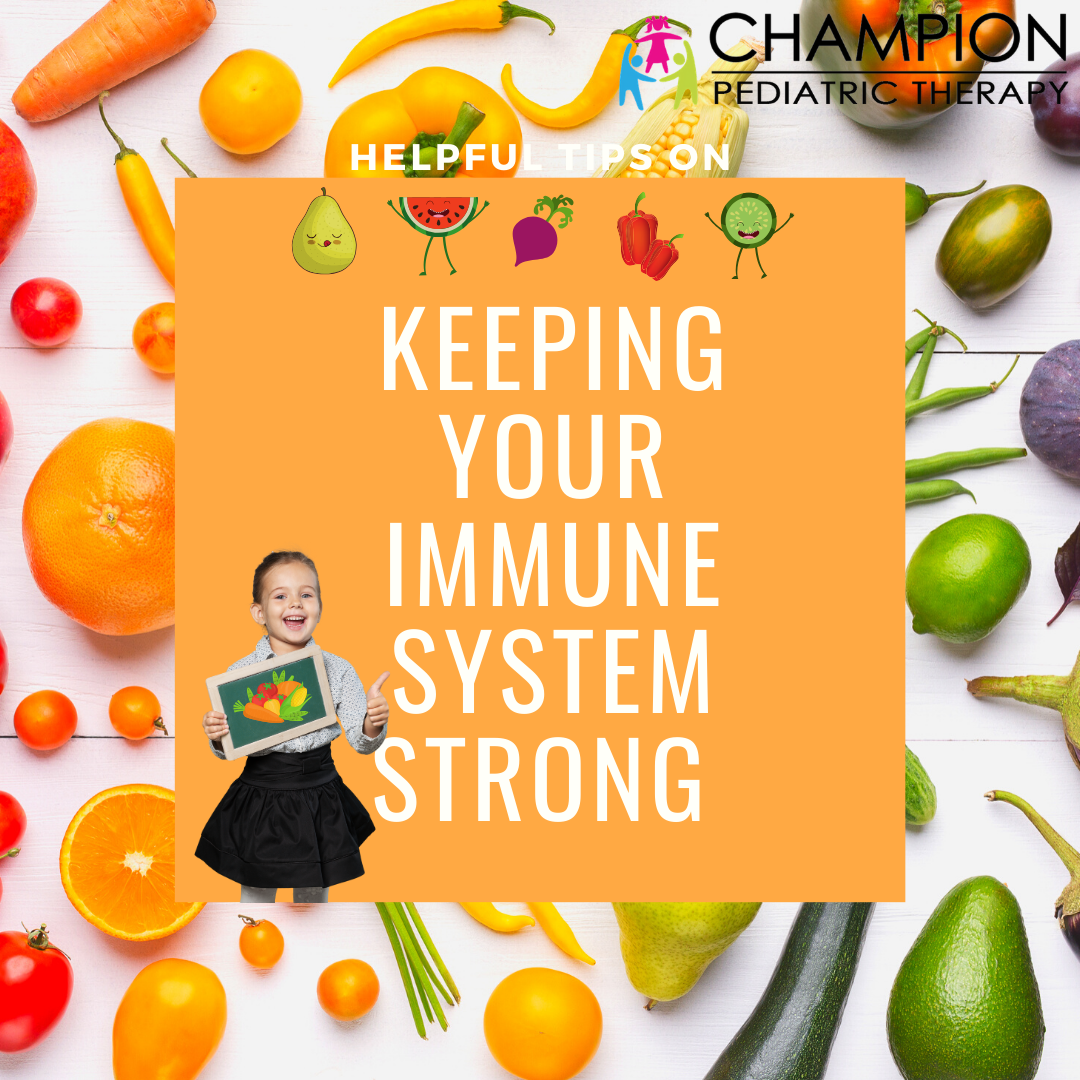Kids are looking forward to Spring Break! The fresh air and much needed break from school work. Why not tune in to some fun activities that will keep your child going… and growing! These activities will promote gross motor and fine motor skills in your child; as well as keep them busy throughout the week. Check them out!
With spring break around the corner it's time to start planning for some fun crafts and activities for your children to do and here are just a few:
Painters Tape Games — use different colored painters tape and create fun lines on your floors. Children can balance across the lines, walking forwards, backwards or sideways. You can also create stations and have your child pause to complete jumping jacks, or donkey kicks.
Balloon Tennis — use a balloon with rackets, short pool noodles or just hands to play balloon tennis.
Rock Painting — find different shaped rocks outside, paint them with fun pictures, colors or sayings. Place them in and around your yard or give them to a friend.
Freeze Dance — have fun with music and play a good game a freeze dance. See who can stay frozen the longest!
Cook — have your child engage in cooking and meal prep in the kitchen with you. They can help stir things, mix ingredients, and pour.
Paper Airplanes — engage your child’s creativity to fold and create paper airplanes. Then go outside and see who’s can go the farthest!
Picnic — have a picnic in your back yard or at the park.
Create A Collage — go through family photos and cut them out into fun shapes to create a scrapbook collage.
Bubbles — bubbles are a fun way to promote fine motor skills and eye hand coordination. Use index finger, to pop them.
Riding Bikes or Scooters — take to the trails, your neighborhood or local park to get some good riding in. This builds muscle strength and agility.
Have fun and stay safe this Spring Break! Let your therapist know which activities you try! We can’t wait to hear all about it!






















